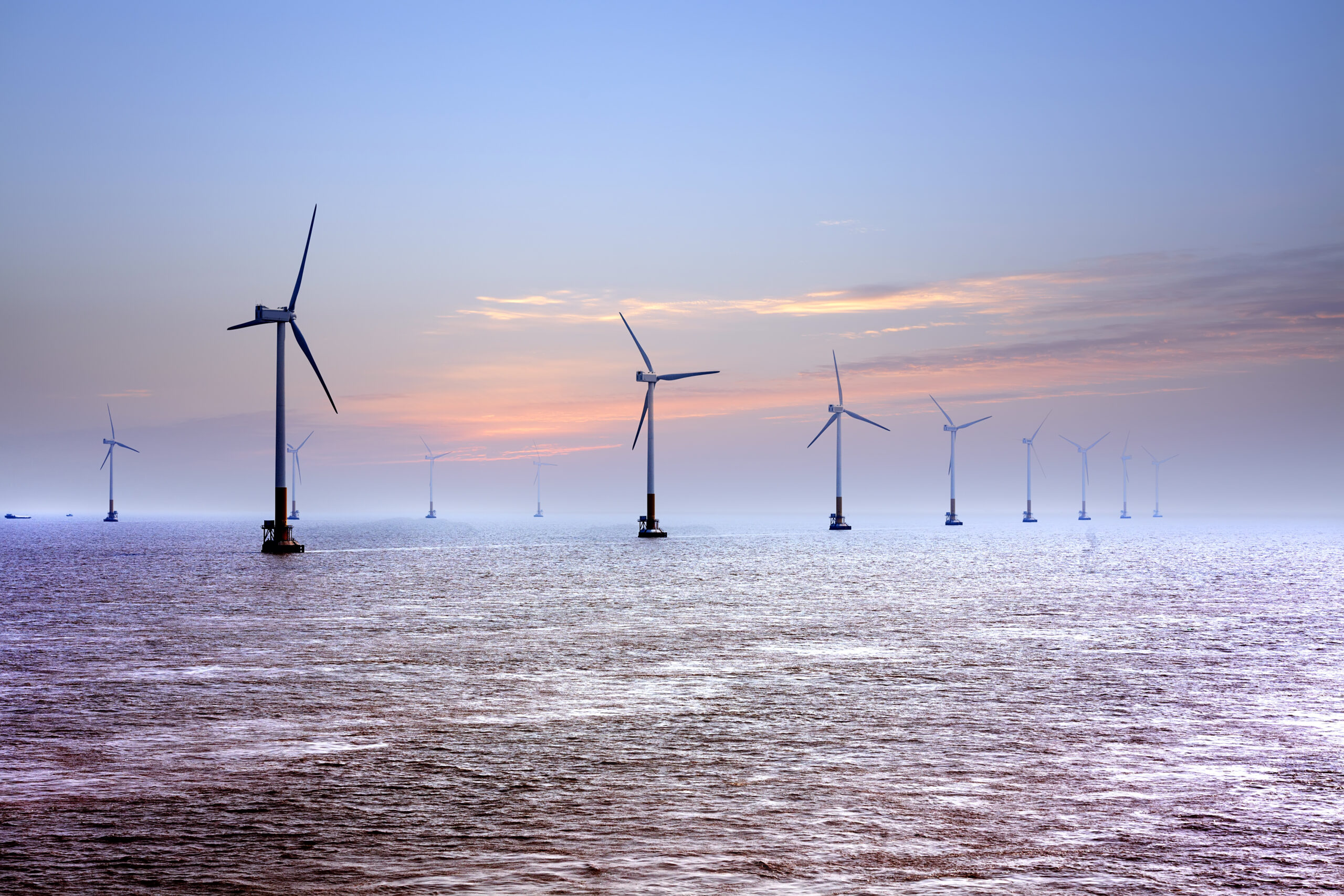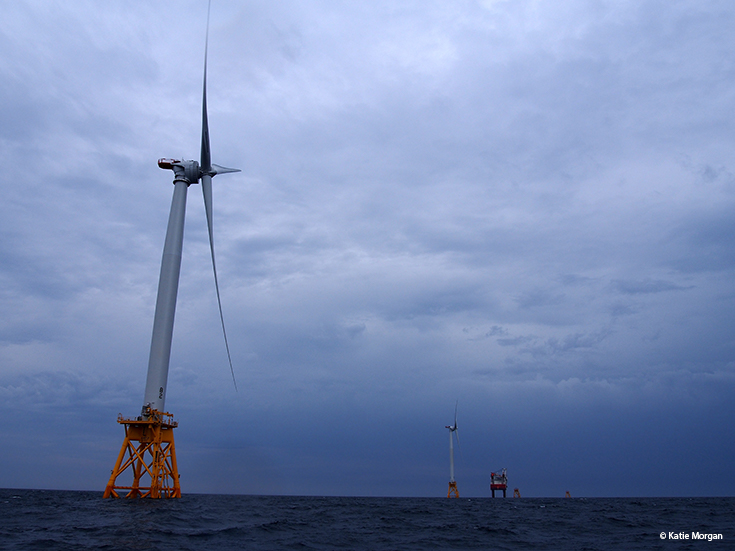Winds of Change
The need for ocean planning in America's offshore wind industry

With the rising concern about the impact of climate change in the wake of the new IPCC report and the recent acquisition by Ørsted of Deepwater Wind, it’s clear that the offshore renewable energy industry is experiencing expanded interest. Offshore wind is increasingly becoming a competitive space with global firms now interested in US waters offshore. And, this has the potential to create conflict with other industries and stakeholders on our already crowded ocean.
The good news is that we have a tool for that: ocean planning.
Ocean planning is a tool that can provide information and cross-sector engagement to help identify and resolve potential conflicts early. The end result is ocean users in the private and public sectors making better-informed management decisions.
An early successful case-study of ocean planning in action was Deepwater Wind’s plan to develop the first US wind farm off Block Island, RI. The project demonstrated that a stakeholder-driven ocean planning process can facilitate transparency and goodwill. The location of the Block Island project was informed by Rhode Island’s Special Area Management Plan (Ocean SAMP). The Ocean SAMP is a state-led ocean planning process that brought together the people of Rhode Island, from fishermen to sailors to conservationists and the public, and provided a pathway forward for the Block Island project to become a reality after ocean use conflicts were addressed.
As competition for valuable ocean resources increases, the Rhode Island Ocean SAMP and accompanying success of the Block Island project provide a model for how development can move forward sustainably in the ocean while protecting ocean health. Ocean planning occurs in both state waters (0-3 miles offshore) and federal waters (3-200 miles offshore) throughout the US. States like Massachusetts, New York, Washington and Oregon are now working on ocean plans for their state waters with similar goals to Rhode Island. Federal ocean planning efforts are underway in the Northeast, Mid-Atlantic and West Coast.
The ultimate goal is the same: sound science, robust data, stakeholder engagement, decreased conflict and a healthy ocean.
As offshore wind companies look to develop additional space offshore, they should leverage the regional-scale data, interagency coordination and stakeholder engagement commitments outlined in the regional ocean plans as a model to guide smarter decisions on offshore wind energy projects. Partnership with states and stakeholders to continue to improve collaboration is of the utmost importance as this new use advances.
A regional approach to
The $500 million acquisition of Deepwater Wind by the European company Ørsted has sent signals to the broader marine community that offshore wind in the US is no longer just a long-distant vision. Projects are actively being planned and some are on the cusp of development. The ocean planning processes that are already in place in the states and regions where developers are looking to bring wind projects should be utilized in an effort to enhance communication and reduce conflict.